The WOW Factor: An Interview with Smashbox Studios and Cosmetics Co-Founder, Davis Factor
Writer Madeline Rosene @madelinerosene
Photos Courtesy of Smashbox
How many people know what the word Smashbox actually means? A smashbox is slang for a camera introduced in the early 1900s (think accordion- shaped/camera in a box style) as a more convenient way to capture snapshots. But now the word is most often used in association with the highly coveted Smashbox Cosmetics and the acclaimed Smashbox Studios.
LEFAIR Magazine sat down with Davis Factor, co-founder of Smashbox Studios and Cosmetics. The studio, located in Culver City is hip, modern and inviting. We did a major overhaul three years ago and gutted the whole thing and started over again, Davis explained. Davis greets everyone as we walk through the hallways, which are lined with art by Donald Robertson, also known as the Warhol of Instagram. With any successful company, it is all about the people, Davis said. We have done it all here. I started the first Smashbox Studio in 1989 in Santa Monica on 19th and Olympic. In 1992, we moved into this place, which had five studios. We expanded. We blew up in Santa Monica because we had so many bookings. Davis is both a photographer and, like his great grandfather, Max Factor (credited with inventing makeup for movies and film), a problem solver.
When Davis noticed there were very few studio locations in Los Angeles for photographers to use, Smashbox Studios was born. The Culver City location is home to both the studio and the corporate Smashbox Cosmetics headquarters. While this creative conglomerate exists on the same grounds, the two composites function independently and are both wildly successful in their own rights. Since its original opening in Santa Monica, the studio has been a sanctuary for some of the worlds most renowned photographers including Annie Leibowitz, Helmut Newton, and Wayne Maser. Smashbox Cosmetics is probably best known for its fine assortment of face primers and lipsticks used by top beauty bloggers (Nikki DeRoest, Kandee Johnson, Shayla Mitchell, Tati, Liza Lash, Allie Ballie, and Nyane Lebajoa).
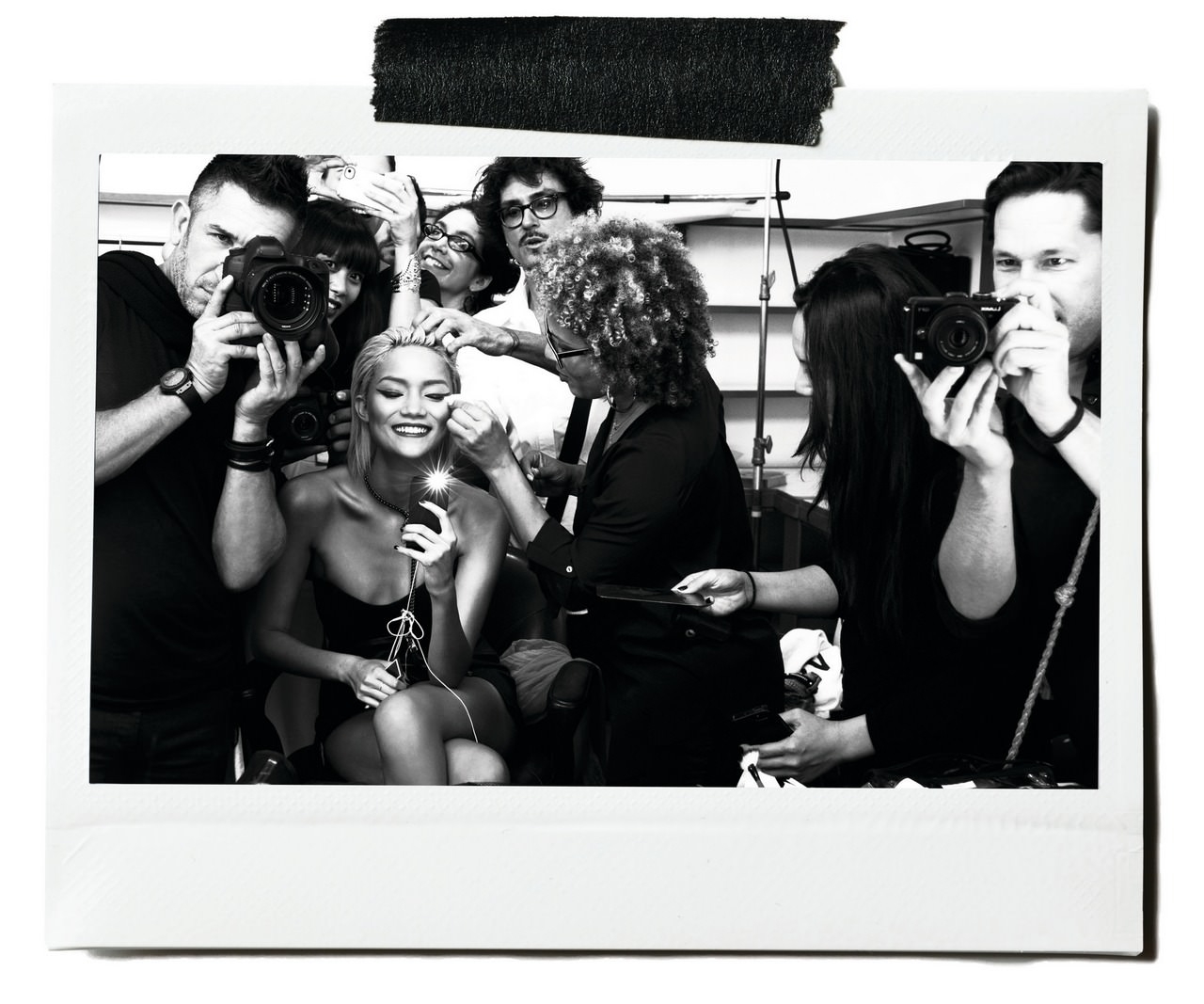
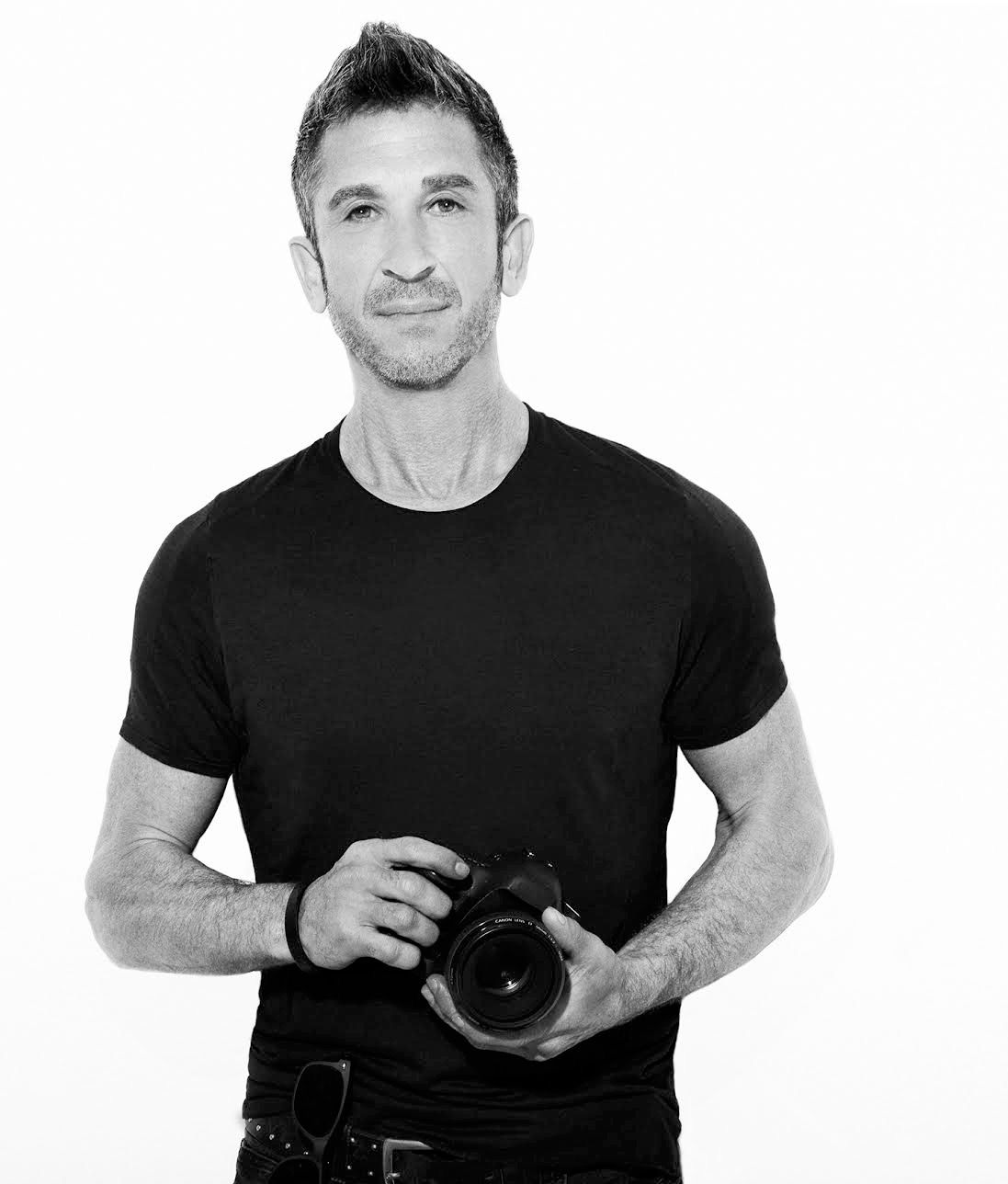 MR: Your familys history is fascinating. Max Factor is your great-grandfather, correct?
MR: Your familys history is fascinating. Max Factor is your great-grandfather, correct?
DF: Yes, well Max Factor was my great-grandfather and he basically invented makeup. Essentially, Max started the makeup business. He was a mogul in the beauty industry. He invented the word makeup. He revolutionized hair and makeup by working hand in hand with the motion picture business in Hollywood and as technology progressed and improved, he had to create makeup that worked on camera. In silent movies, actors could hardly make expressions because of the caked-on powder on their faces which would crack from facial movement. In response, Max developed a pan stick that actually let silent movie stars smile and laugh. The pan stick allowed them to express their true character. Everything that he made was created for motion pictures; lip gloss, eyeshadow, mascara, waterproof lipstick. All of it was long lasting for the screen.
MR: So back then it was really about problem solving.
DF: Back then there were not any other makeup brands so he was the first makeup brand and working with Hollywood was really how makeup came to life.
MR: I think I read somewhere that he created some kind of makeup for soldiers in WWII to camouflage them.
DF: He did all kinds of things! Did you ever watch Our Gang? He painted the circle around the dogs eye. There were so many different dogs on the show. The circle distinguished that dog from the others.
MR: He did the makeup for Petey? That is amazing!
DF: He did Peteys makeup! He did the circle around his eye.
MR: So tell us about your career and how it started. Were you a photographer first?
DF: My brother Dean and I did not work for our familys company. My family sold the company back in the 70s when I was in high school. I went through college. I went to Art Center College in Pasadena where I got a Bachelor of Fine Arts degree. My brother Dean got his MBA at USC so he was the business and I am the creative. Together we created our studio; Smashbox Studios which is slang for an old English camera smashbox. So Smashbox Studios originated in the 1990s in Santa Monica. We had one studio on 19th and Olympic. I wanted to create a working environment that all the photographers could come to from around the world. I wanted them to fall in love with the best equipment, amazing food (the food was a huge thing) and a hip environment. The first studio blew up. Photographers like Helmut Newton and Annie Leibowitz — all the big ones were sharing my one little space. Eventually this became a problem for us after a couple of years and we needed more space. We then moved to Smashbox in Culver City where you are right now and we have four studios now and of course, a cosmetics company.

This studio became an incredible super studio like the ones you can find in New York and Europe. Before the studio opened, I was working at Industria NYC in New York with Fabrizio Ferri. He is an amazing photographer and owns Industria. I worked tere in this is amazing studio among famous photographers. As a kid when I met Fabrizio, I already thought, This is great and this is the business I want to be in. When I moved back to LA and realized there was nowhere to shoot, I thought maybe if I could create a studio like he did, but in LA it would catch on here and photographers would use it from around the world. Publicists were happy, the celebrities were happy. Finally, they didn’t have to fly to New York and photographers were willing to come to LA. Our parking lot, our roof, our location was highly desirable in the fact that we were the only studio in town. My brother and I wanted to put our customers first and make sure they were well taken care of.
MR: And you are still shooting with top photographers like Annie Leibowitz. You said this was her favorite studio?
DF: Yeah, Annie just shot here for Vanity Fair and had shot in here many times. Every great photographer in the world has worked here. We just did the Chanel campaign. The whole campaign was shot in our studio, which was super cool. We want to foster a family-like creative community and atmosphere here and I think we have accomplished that.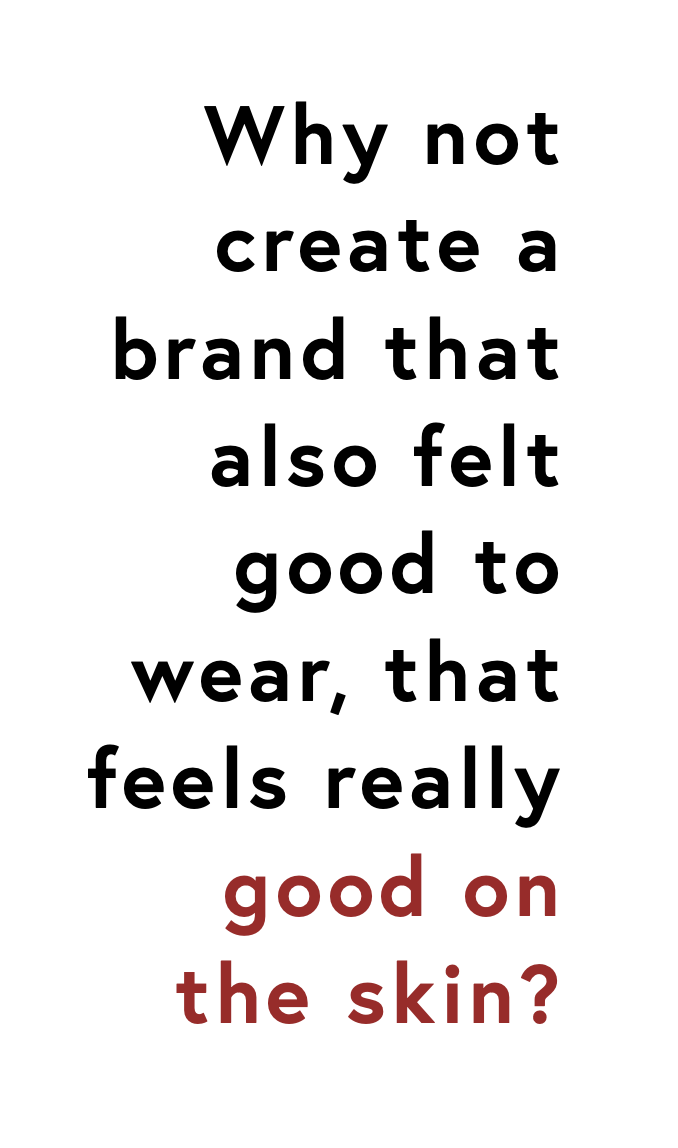
MR: Did you ever think you would have a cosmetics line?
DF: Even though my family invented makeup, I never thought this was going to happen. Basically as a photographer, I noticed some problems with makeup. For example, when someone walks into the studio and sits down in the chair, we put concealer on her, we put foundation on her and she stands in front of the camera while we take pictures of her and her full makeup. I started to notice problems on the skin. I noticed that women needed a different foundation and that foundation reacted differently on different people. I started to see through foundation and to their skin.
When I was retouching (and this was all before digital), we would do it all by hand. I saw makeup melting throughout the long day of a photo shoot and we would have to stop so many times to touch up makeup. They were putting powder on powder so I started to think about it logically. All of these beauty brands were launching, like MAC. I was super into MAC. It was amazing. MAC was like a movement and I thought to myself, I love MAC and a lot of makeup artists use MAC. I like the feel and the vibe of it and I thought, Maybe I can come up with a brand that solves problems in a way where I am not competing with them but filling the holes that the other brands were not filling: makeup that solves problems. So our team invented the makeup primer, Photo Finish Foundation Primer. It fills in lines and has a smooth velvet finish that helps set the makeup better. The payoff was clear, it looked better on the face, even with just the primer by itself. It makes skin look super smooth. It has a kind of wow factor. So we had the primer and then we developed an anti-shine foundation that prevents shining in the t-zones. Before this foundation, we used powder to dull shine but when powder builds up, does not look good. What I created looks good to the naked eye and there does not appear to be too much makeup. I thought, Why not create a brand that also felt good to wear, that feels really good on the skin?
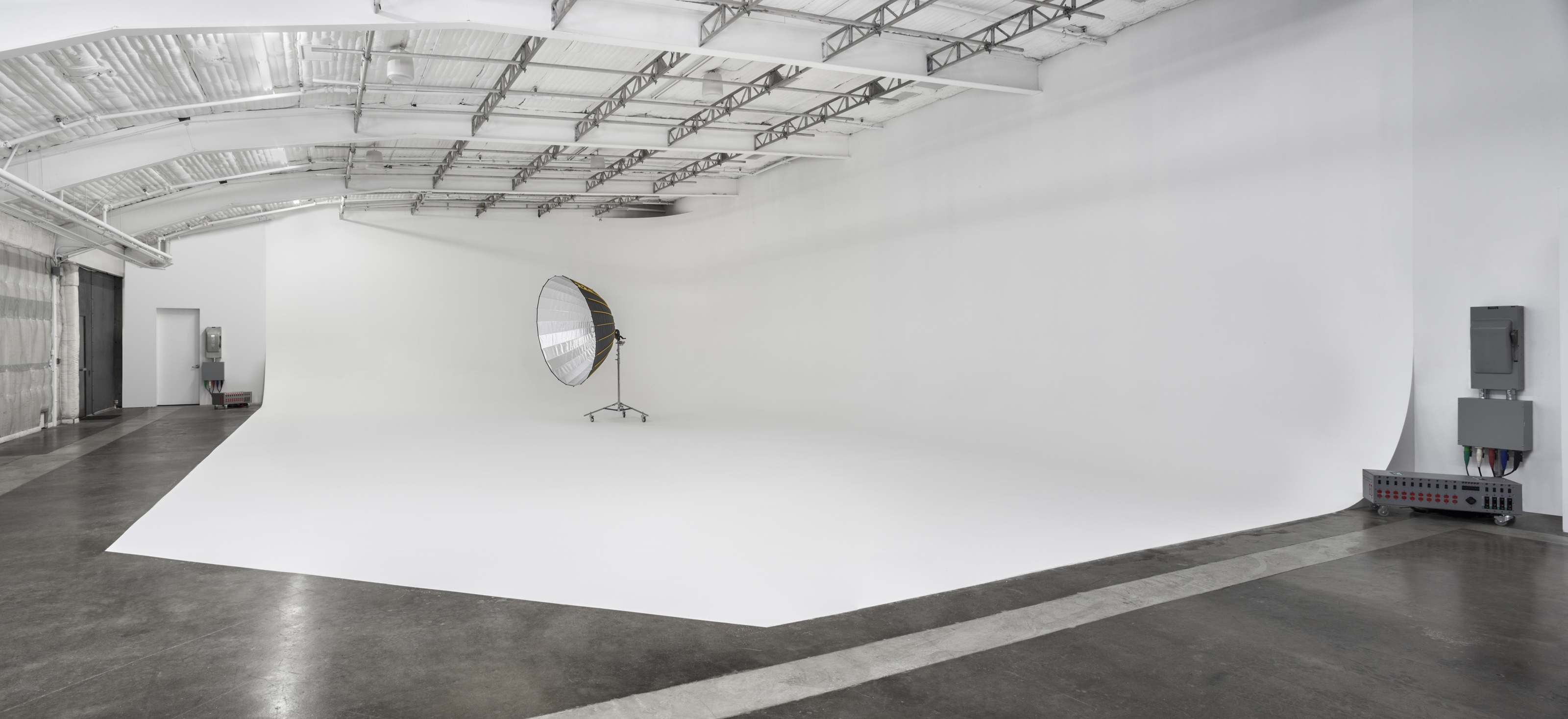
MR: It is almost like skin care. It is like you’re taking care of your skin when you wear it.
DF: Well, I would say we are building it up rather than deconstructing it. I just came up with some products and we put them in the studio in little display cases. After about a month, W Magazine ran a little What’s Going On In The World piece and I saw our display case featured. They talked about Smashbox Studios, which was already getting a lot of good press because everybody was working here when they visited from New York. Retailers started calling us when they saw the editorial and the next thing you know we were in the stores. We decided we were going to build a brand from the ground up. From the second the model walks into the photo studio, basically, I want her to feel camera ready. I want her to look great in front of the camera. I want her to keep the makeup on and not take it off when she leaves the shoot, to go out, look so good and feel so good.
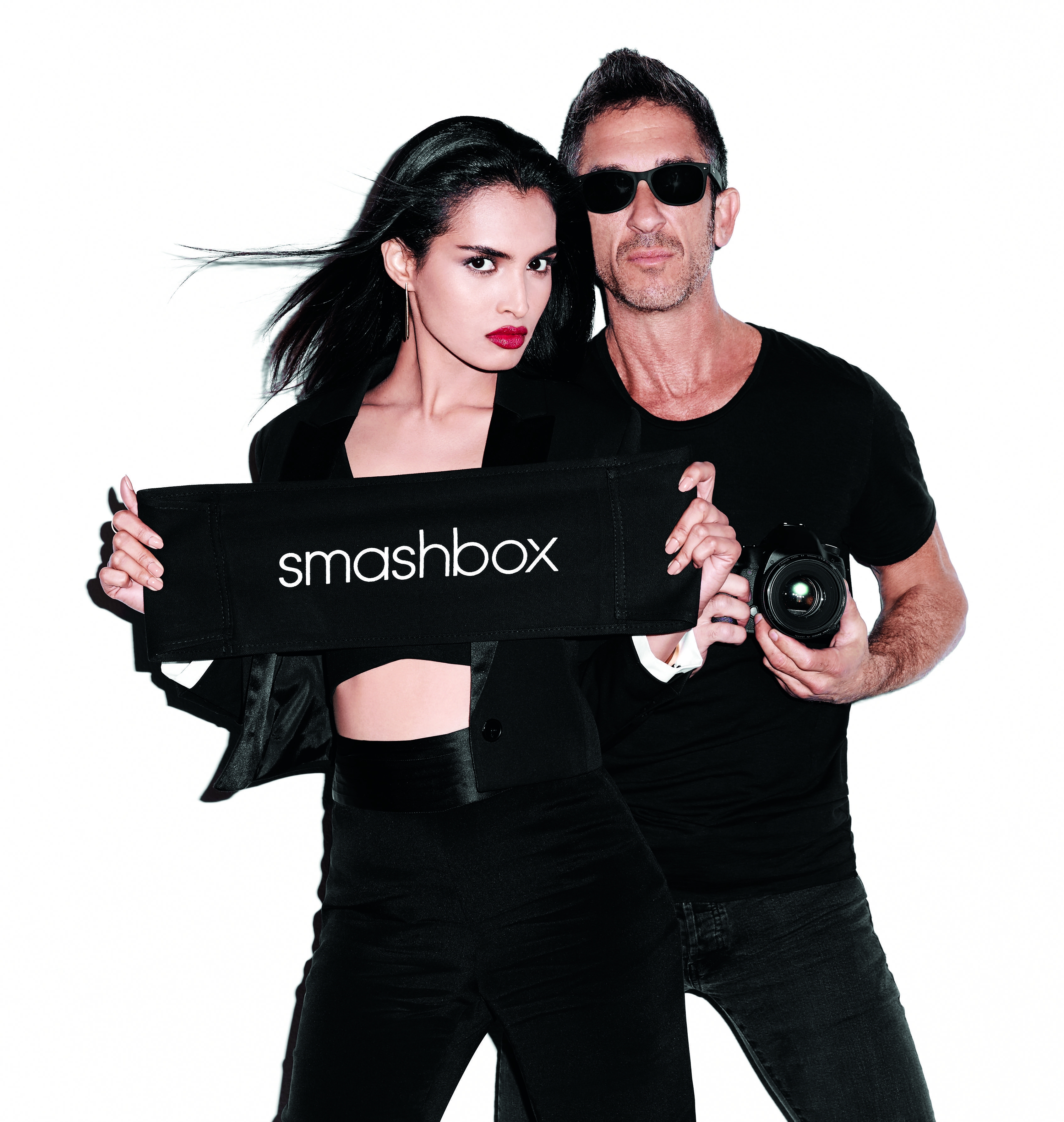 MR: Did you start branding and marketing after you came up with this concept?
MR: Did you start branding and marketing after you came up with this concept?
DF: To tell you the truth, we did not. It all happened so fast. Digital was not what it is now. At first, it was up to the retailers to reach out to the customers and educate them.
MR: What year was this?
DF: 1995-ish, a year or so before we were actually in stores. We were in Nordstrom first. Now were in Nordstrom, Sephora, ULTA, Macys, but we are all over the world now.
MR: If anyone told you 25 years ago that you would have a cosmetics brand, would you have believed them?
DF: If you had asked me 25 years ago, I would have said no. But as a photographer, I understand the needs of the subjects and I also understand the needs of the customers. We are super creative and we really believe in empowering women. That is huge for us. Giving back to the community, doing everything we can for the environment, being cruelty free, and getting involved with different artist collaborations for our collections are all important to Smashbox.
 MR: What are some recent collaborations you have done?
MR: What are some recent collaborations you have done?
DF: We just did a great one with Jasmine Sanders aka Golden Barbie in addition to a rose gold collection called Petal Metal with Vlada Haggerty. She is a social media star but she is been our lip editor for years. She is just amazing to work with. She does all these cool designs on her lips, using various colors and drips. We just did a collection with her. The Love Wall outside by Curtis Kulig is one of the most iconic walls in Los Angeles. We created this for a collection we did with Curtis and it has become a stop on the Street Art of LA tour. We have partnered with Ana Strumpf who often works with Vogue. She designs funky drawings on the covers of high-end fashion magazines. We have done tons of collaborations with so many talented people.
MR: Nicole Bordeaux partnered with Smashbox to create Photogenics, a full service management and production office that represents fashion models, young up and coming actresses, correct?
DF: Yes, we just love Nicole and have been friends with her forever. I remember one day I thought, Why not start an agency at Smashbox? She agreed and she came here and she opened up Photogenics, a boutique modeling agency that works with a lot of edgy, hip girls. Nicole used to run hair, makeup and styling at Smashbox from time to time but we decided to focus on the models so she stopped doing hair makeup and styling. We just started working with Photogenics again a little over a year ago. Nicole has one of the best eyes in the business and together we are like a family. We use Photogenics for a lot of our shoots and events.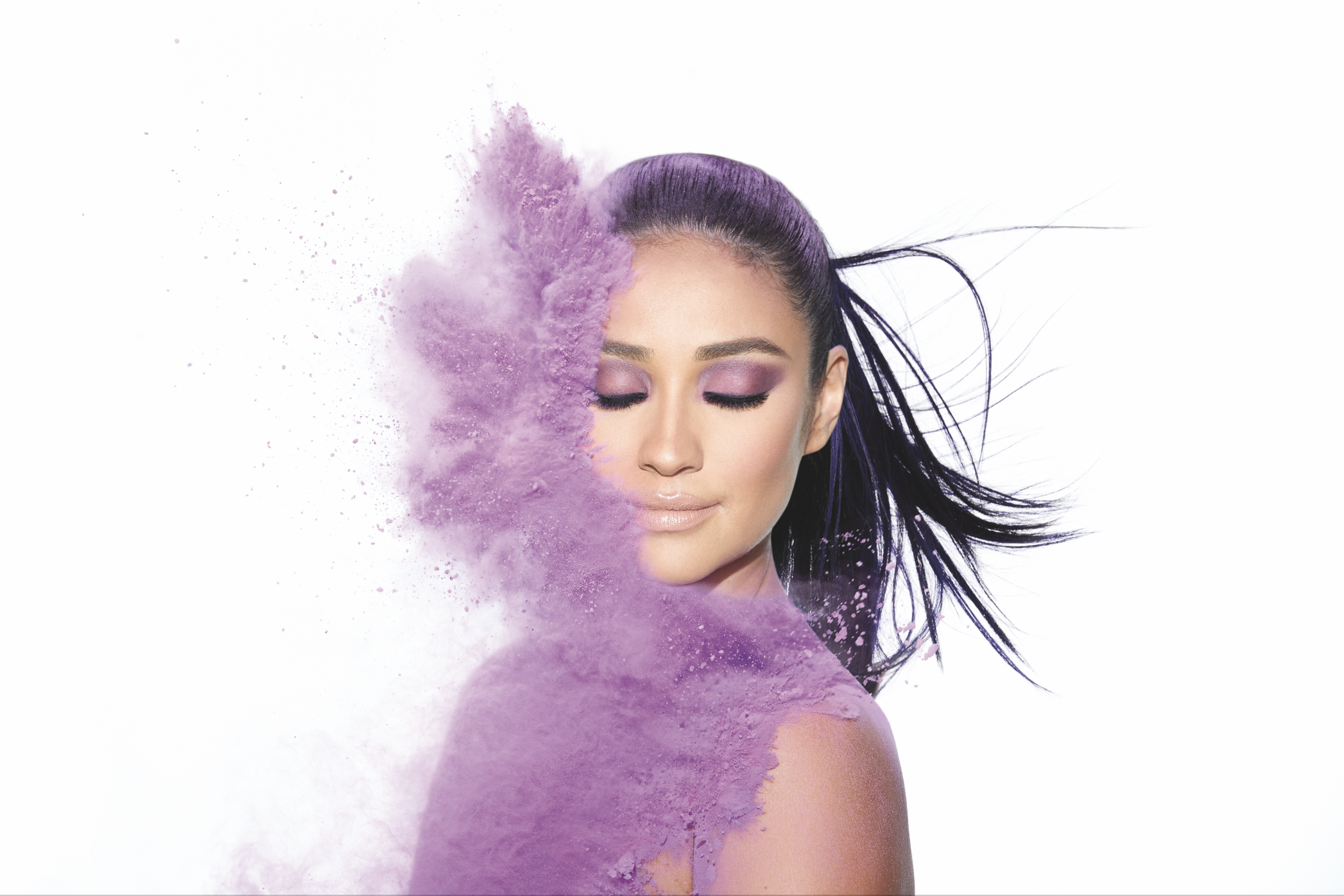
M R: How important are social media influencers when it comes to marketing your brand?
R: How important are social media influencers when it comes to marketing your brand?
DF: You know social media influencers are really an important part of the brand because they are what is happening now. As far as branding the company, since this is a special photo studio in Los Angeles, influencers often come and shoot here. They use the studio to do their videos, we do events with them, and we have been working with social media influencers since the beginning. We were one of the first companies to host blogger events before the dawn of the influencer. I always believed in being your own editor and having your own opinion. You know what I mean? Basically, it is unedited. Individuals get to say what they feel, they are experts. These are the people who are passionate about makeup and some of them really know their stuff. We get a lot of input from them and a lot of the people we work with are super loyal to the brand. So our marketing is very organic. We are not pretend. We are real.

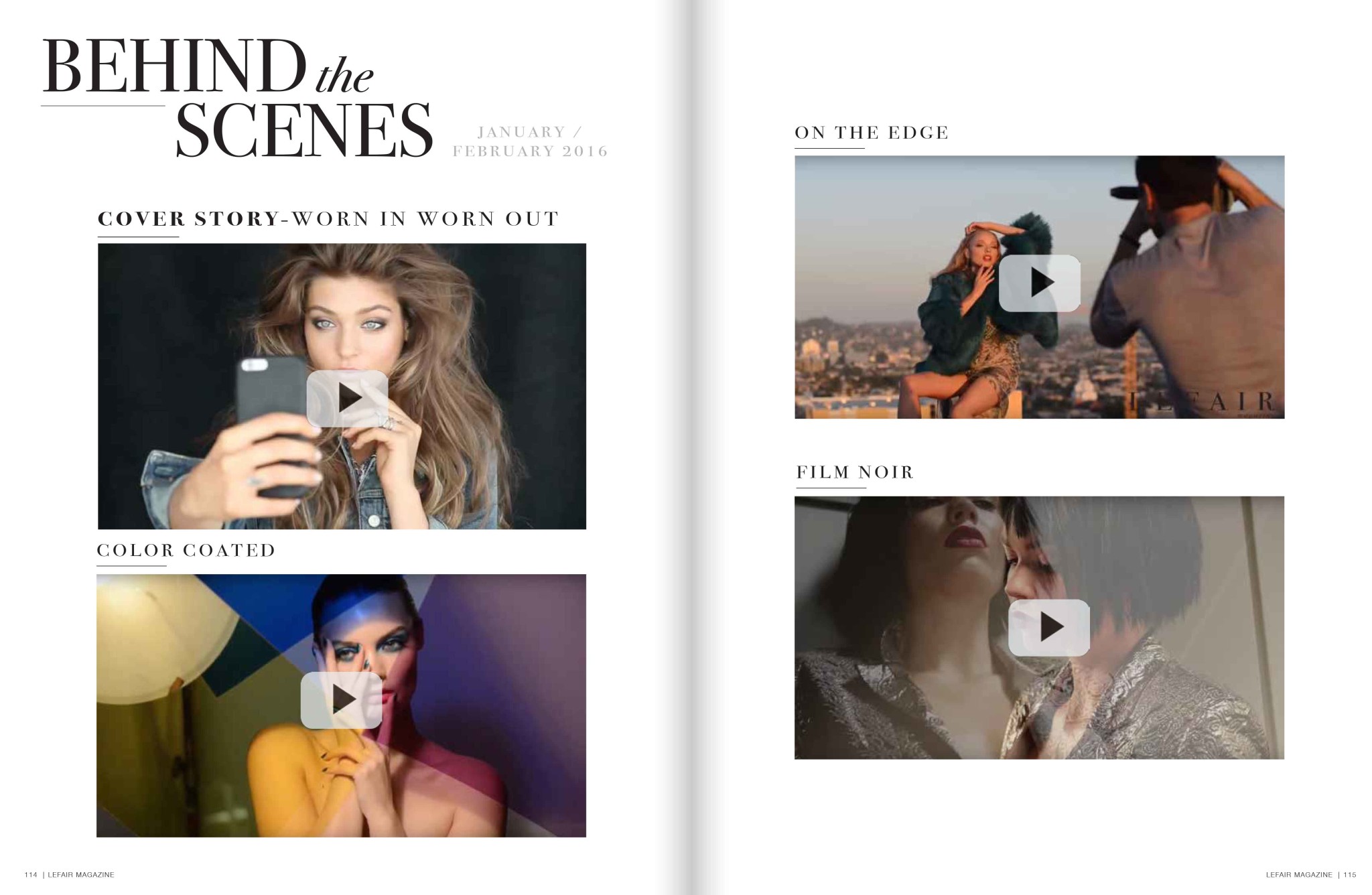
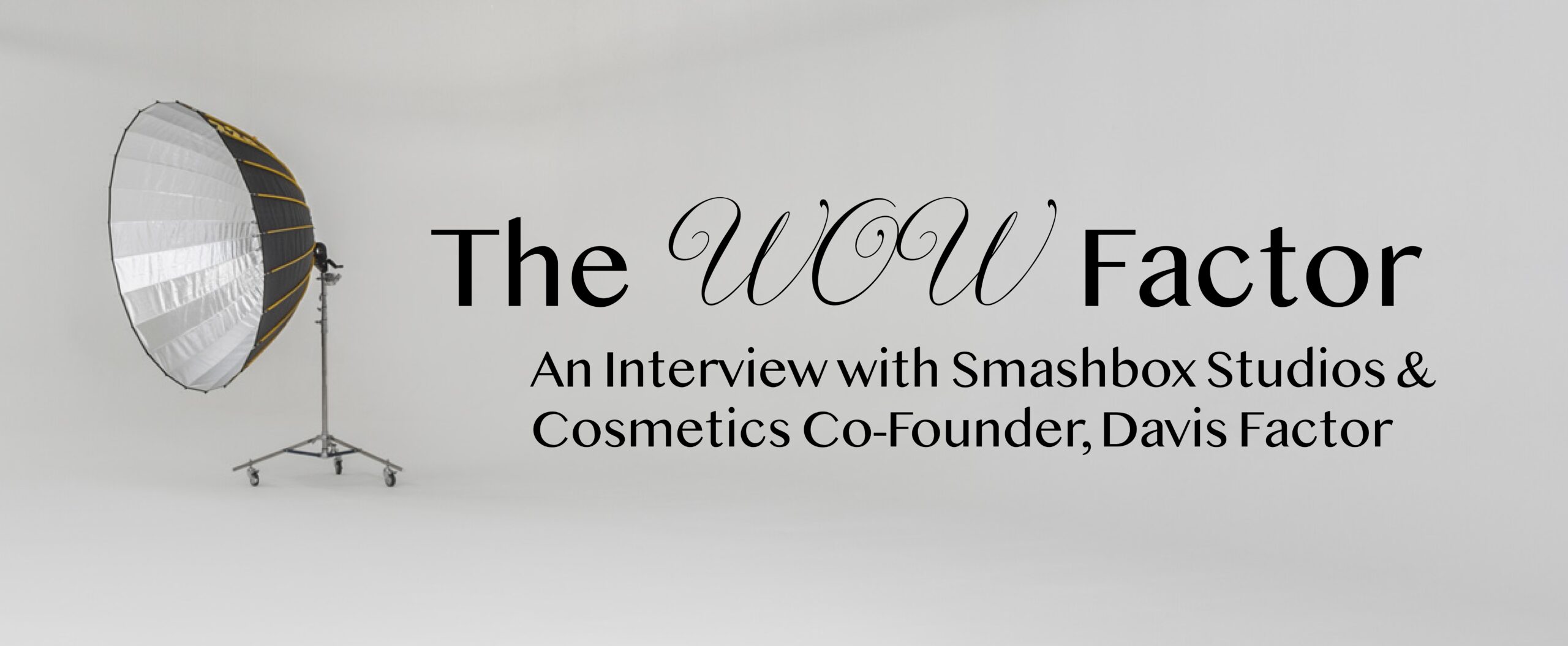
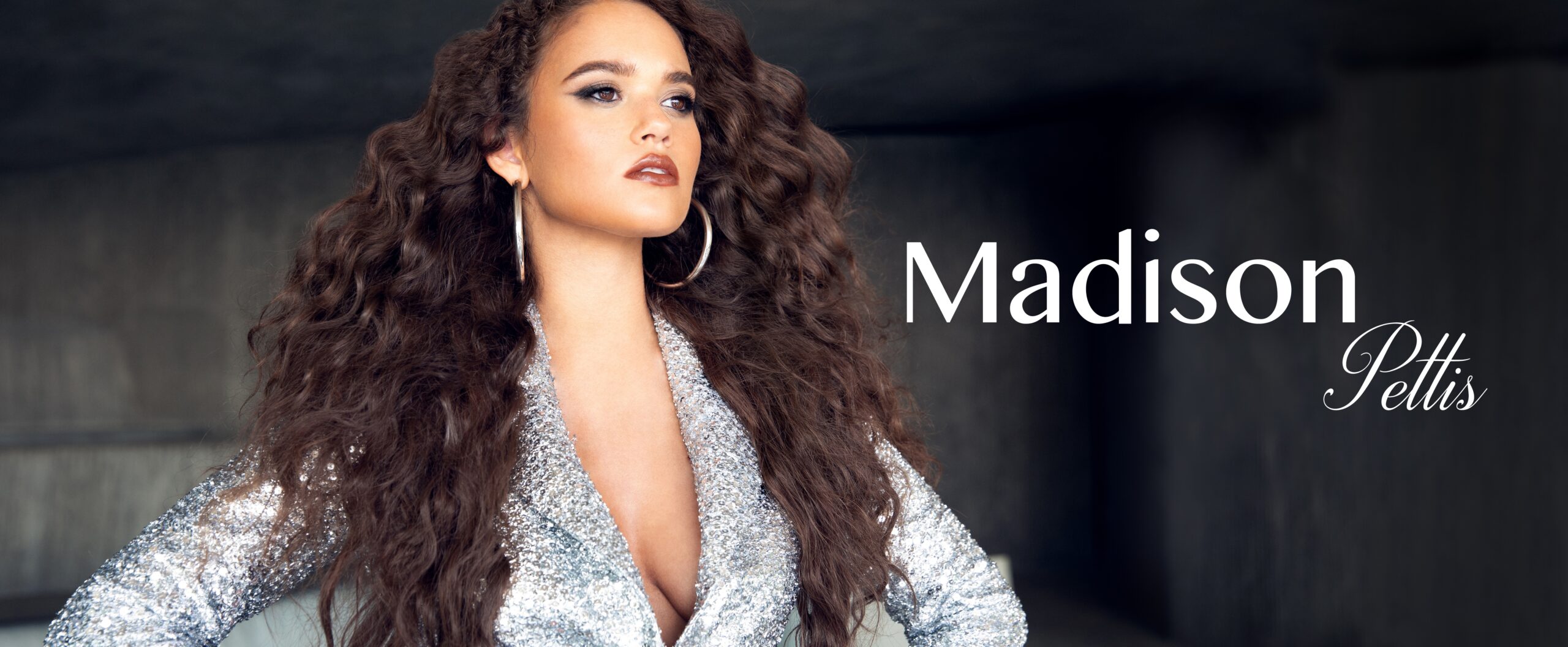
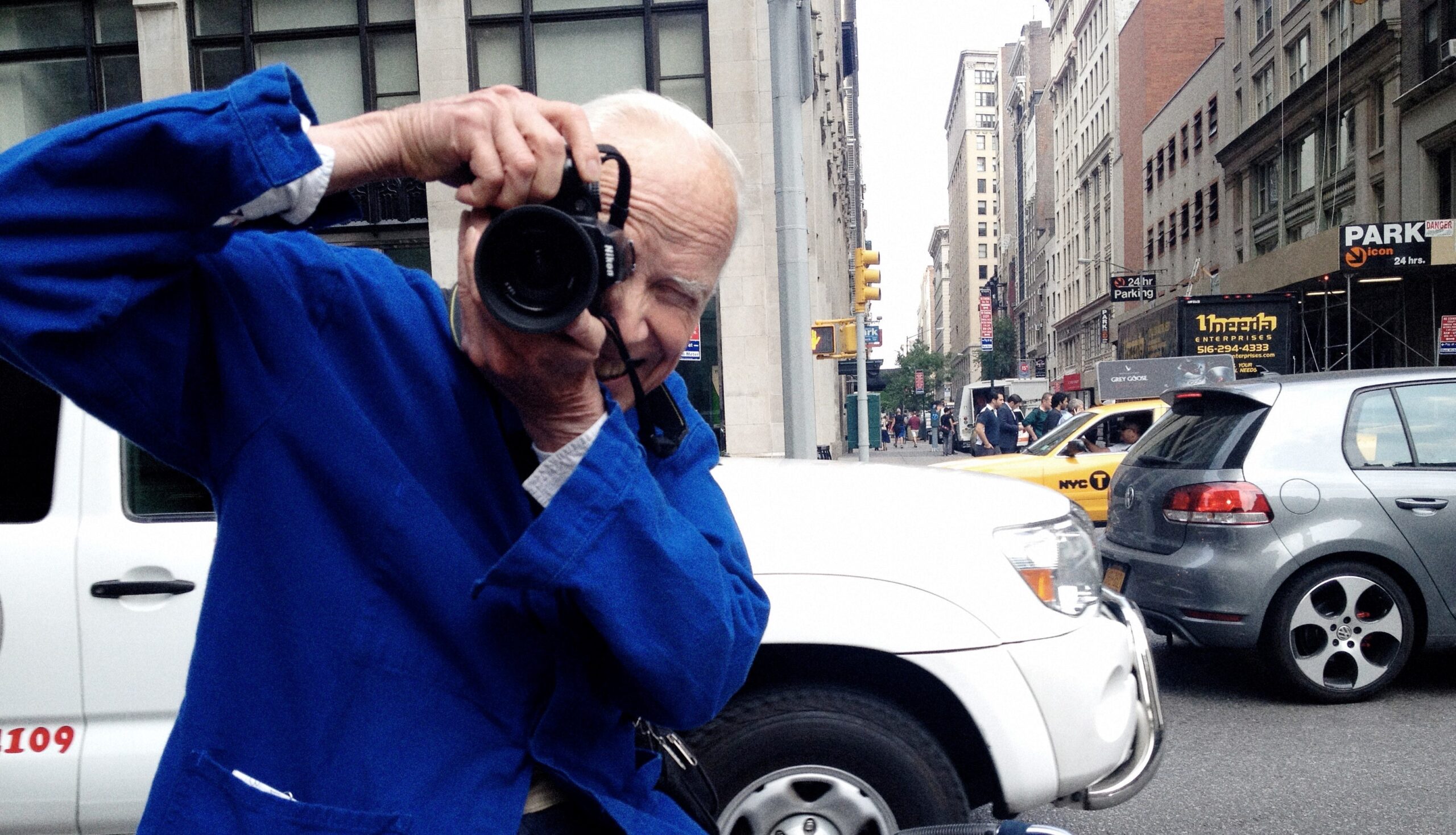
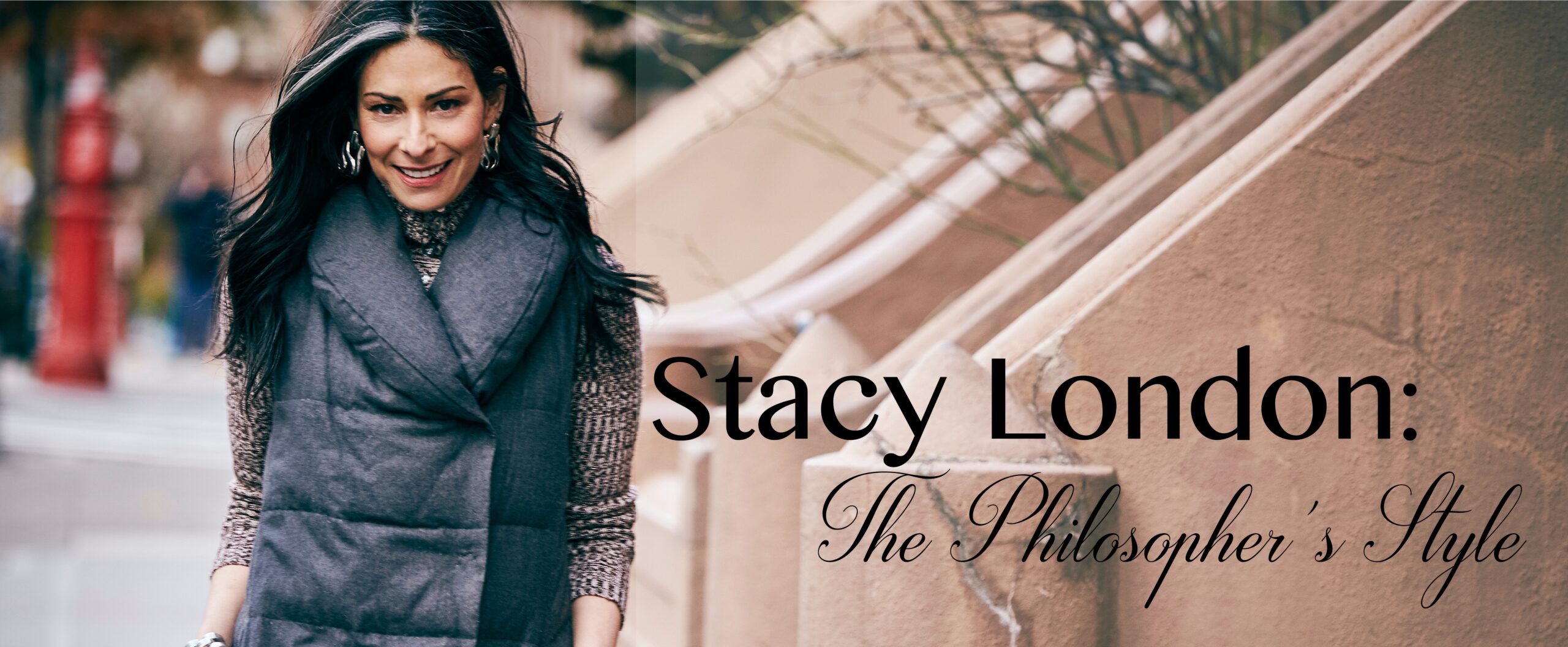
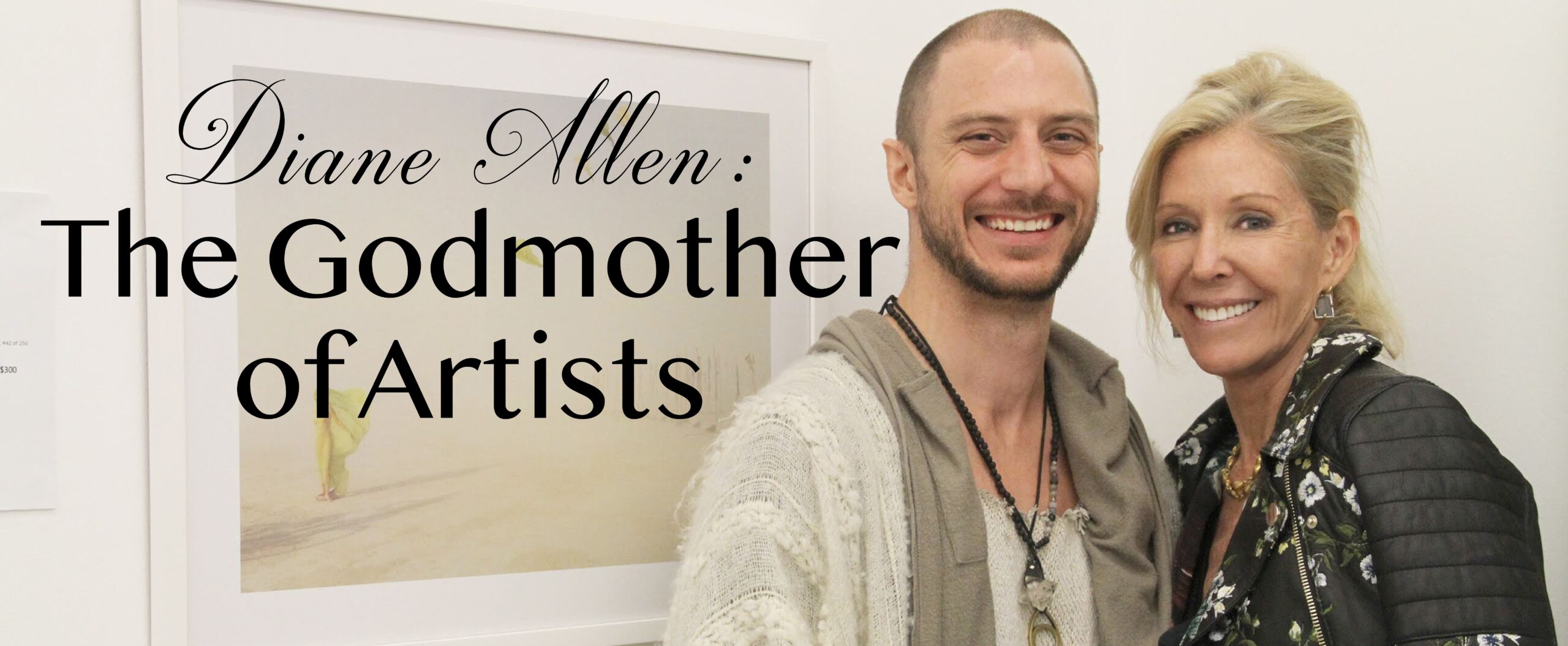
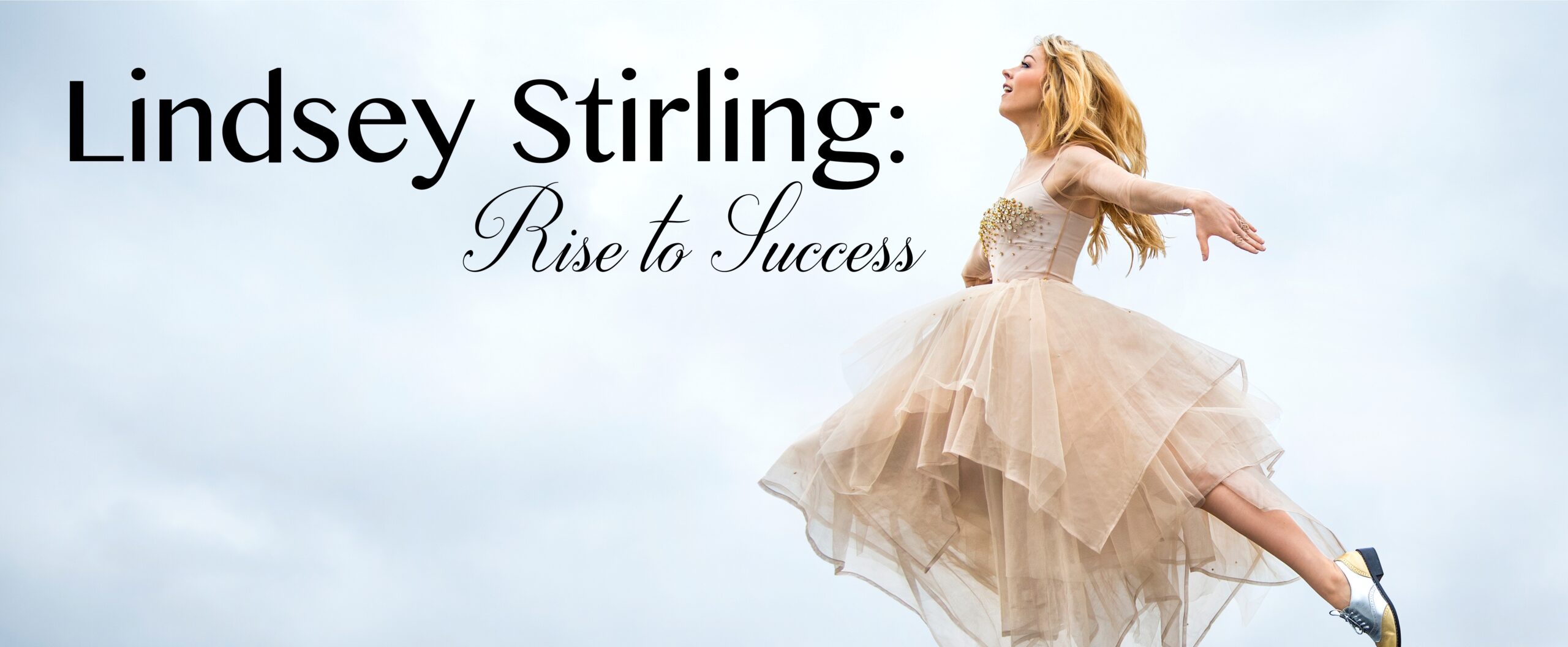
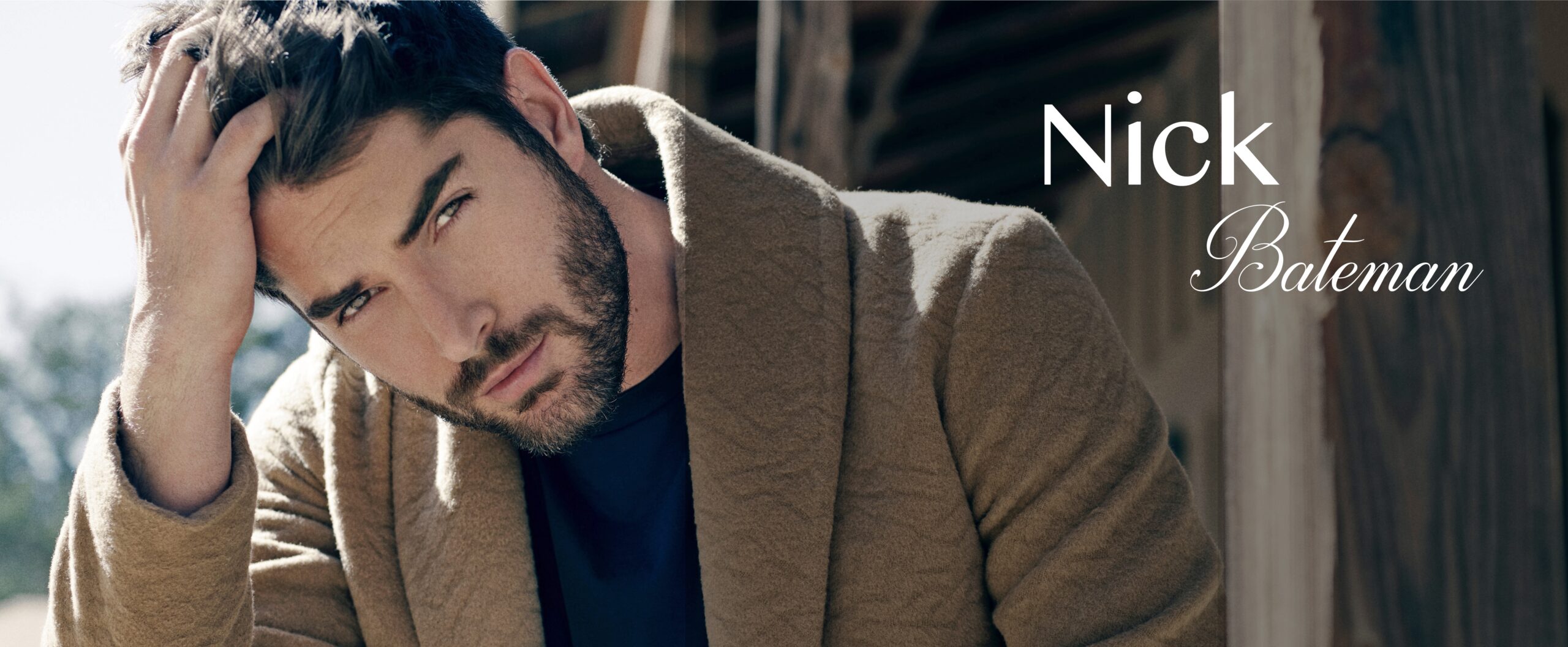
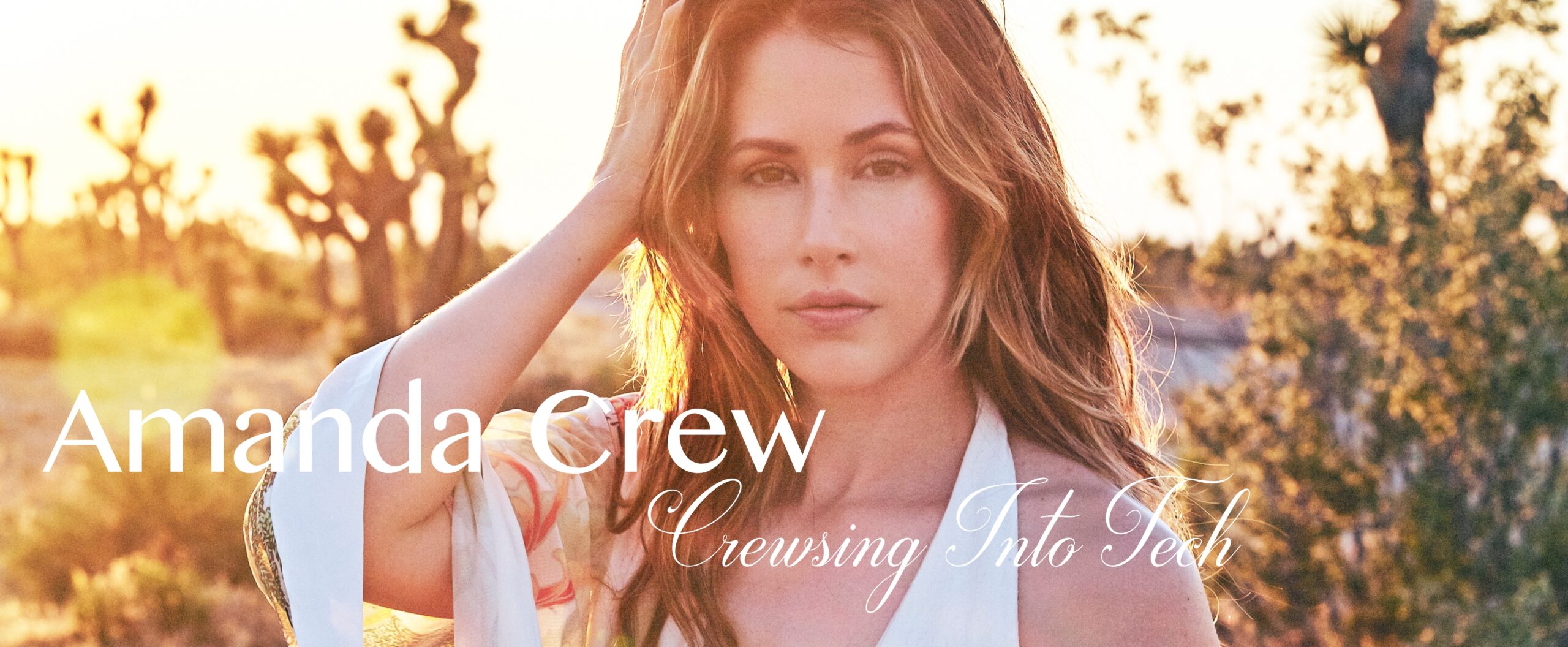


Leave a Reply